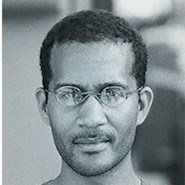Queens may lack the iconic skyscrapers of Manhattan and the jewellike brownstones of Brooklyn, but the sprawling borough contains its own quintessential symbol of New York City: the Unisphere. This fountain, which also contains a 140 ft tall stainless steel sculpture of the globe, is a clear a testament to the city’s midcentury, postwar optimism.
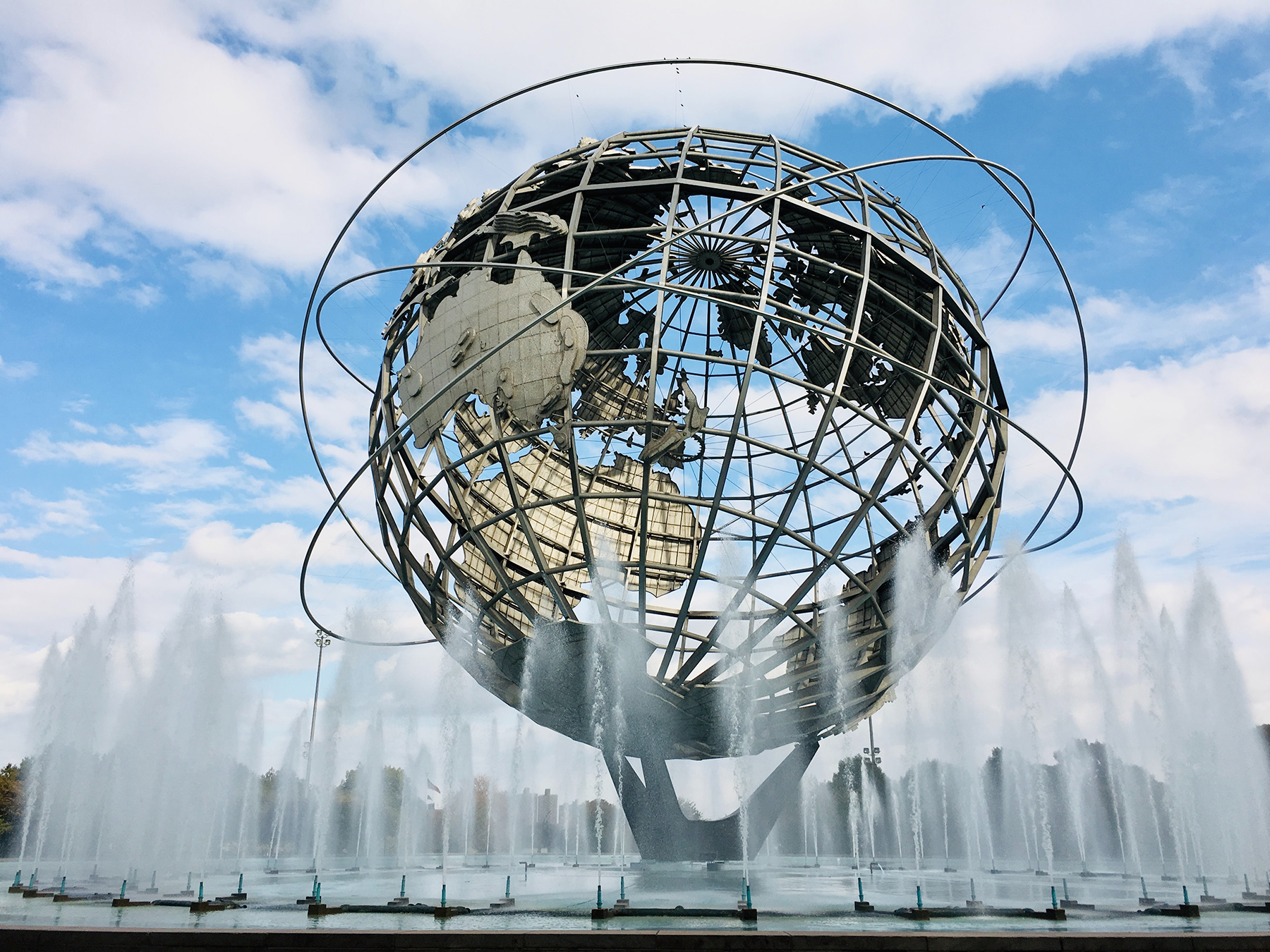
Robert Moses, who reigned for many decades as New York’s imperial planning czar in the 20th century, had long wanted a park in the middle of Queens; for years the center of the borough had served as a dumping ground for ash. In 1925, F. Scott Fitzgerald described the site of the future park in The Great Gatsby as a wastelandlike “valley of ashes” — emblematic of the divide the novel depicts between rich and poor.
When Moses became parks commissioner in 1934, he hired Gilmore D. Clarke, one of the greatest landscape architects of the 20th century, and his partner, Michael Rapuano, to design the 1939 World’s Fair, the first step in transforming the ash heap into a magnificent green space. Clarke and Rapuano created a Beaux Arts site plan, inspired by St. Peter’s Square in Rome, featuring plazas and boulevards and fountains that radiated out from the fair’s signature element, a modernist spire-and-sphere duo called the Trylon and Perisphere. After the fair, these original fountains were removed, and grass was planted in their place.
Moses hired the pair again to plan the 1964 World’s Fair, and Clarke recommended to his boss that they follow the general outline of the 1939 Fair as a matter of expediency. The Trylon and Perisphere was replaced by the Unisphere along with a series of new fountains radiating east of this monumental structure. Collectively dubbed the Fountain of the Fairs, these included a large 50 ft wide by 310 ft long stepped reflecting pool consisting of five sections connected by 9 in. tall weirs that acted as spill walls, two additional rectangular fountains, and a large fountain at the eastern edge of the park.
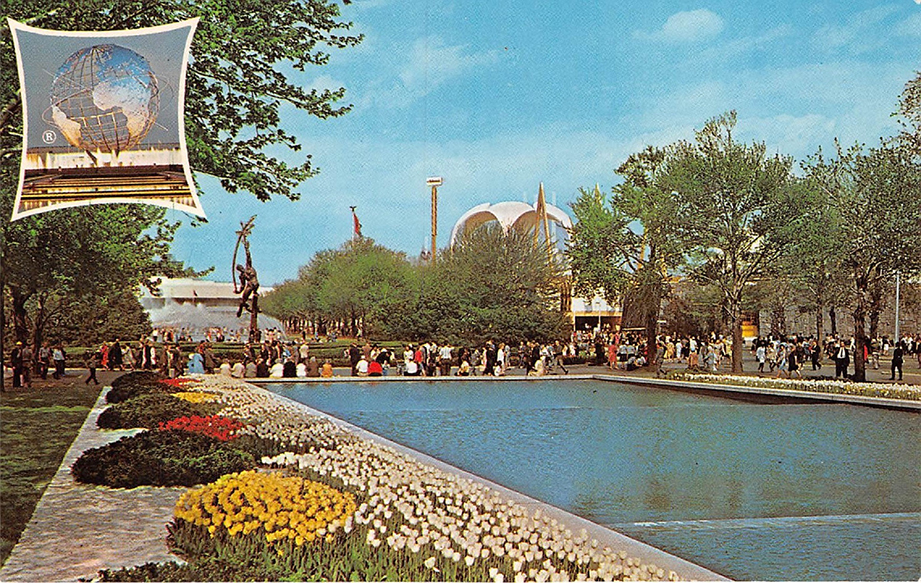
The fair debuted such marvels as the first video phone and the original Ford Mustang but was not a financial success. “It did not generate the revenue that Moses hoped it would, but it was very popular,” says Janice Melnick, the administrator for Flushing Meadows Corona Park at NYC Parks.
The 1964 fair marked the beginning of the end for Moses’ decadeslong grip over the city, but he did get his wish: the 898-acre green space was formally designated Flushing Meadows Corona Park in 1967. Still, the fountains fell into disrepair as early as the 1970s. The pumps on the easternmost fountainswere rehabbed in the early 2000s, but the new pumps burned out a few years later and have not been replaced since. The fountains became a site for soccer rather than water.
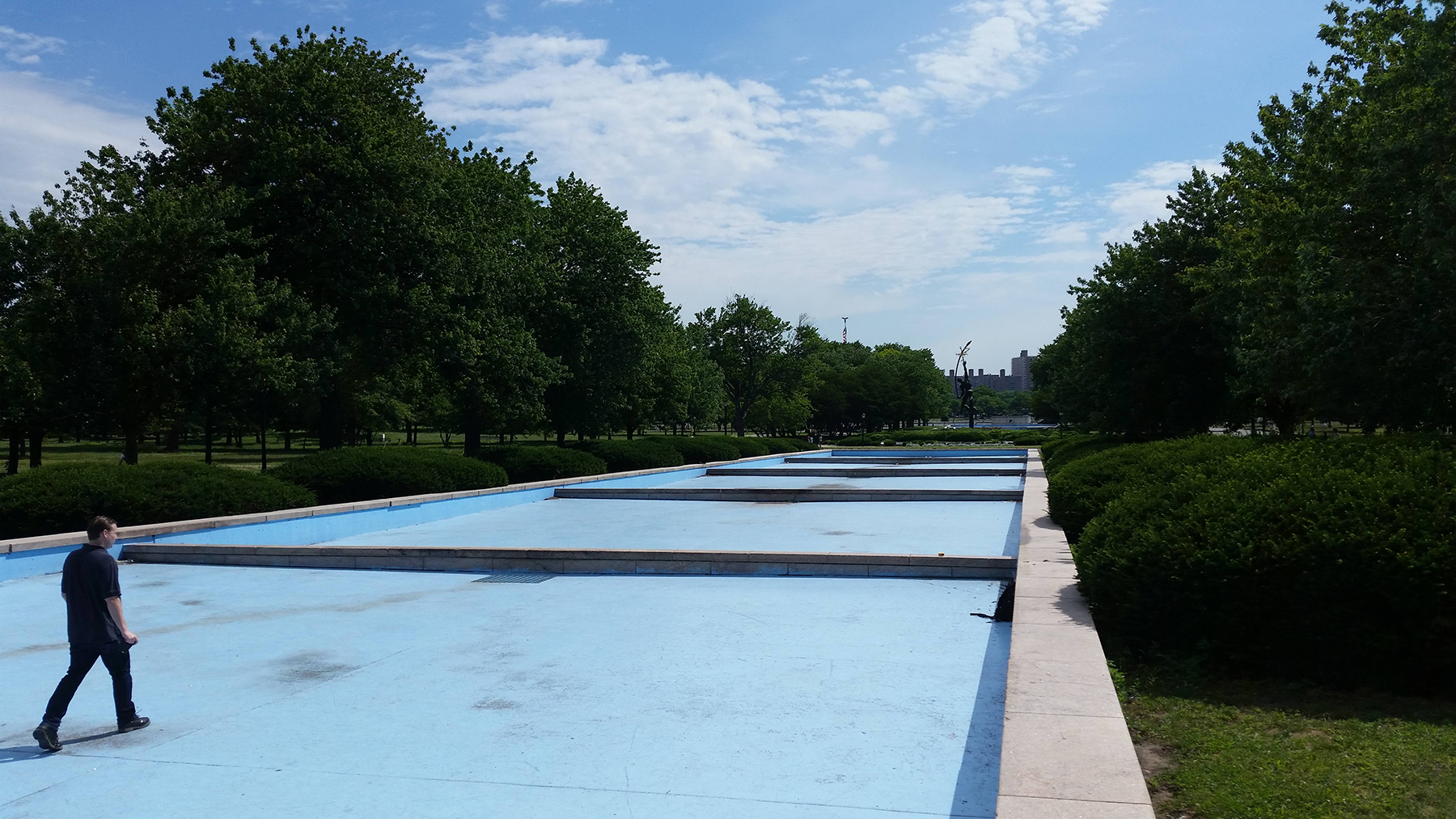
A fog is rising
But after the Fountain of the Fairs had sat in disrepair for so long, NYC Parks recently completed the first phase of a $6.8 million renovation and adaptive reuse — transforming the reflecting pool into a new interactive fog garden.
“There are World's Fair enthusiasts out there that absolutely loved the World's Fair and remembered it so fondly,” says Melnick. “That was one of the reasons we wanted to renovate and adaptively reuse but keep the footprint.”
In meetings with the public, Melnick says, “It became very clear to us that while they understood it didn’t make sense to just restore the fountains, it was very important to keep the feeling of them and the footprint of them.”
But the still-working Unisphere fountain had become a problem: People were frolicking near its powerful and potentially dangerous fountain jets. “The Unisphere fountain was designed to be an ornamental fountain; it was not designed to be a spray shower or a fountain for children to play in,” Melnick says. NYC Parks placed barricades around them to discourage people from getting too close.
The agency was “trying figure out a way to get people out of the fountain and give them an access to water so they could cool off in the summer,” says Maria Riley, a project manager with landscape architecture firm Quennell Rothschild & Partners.
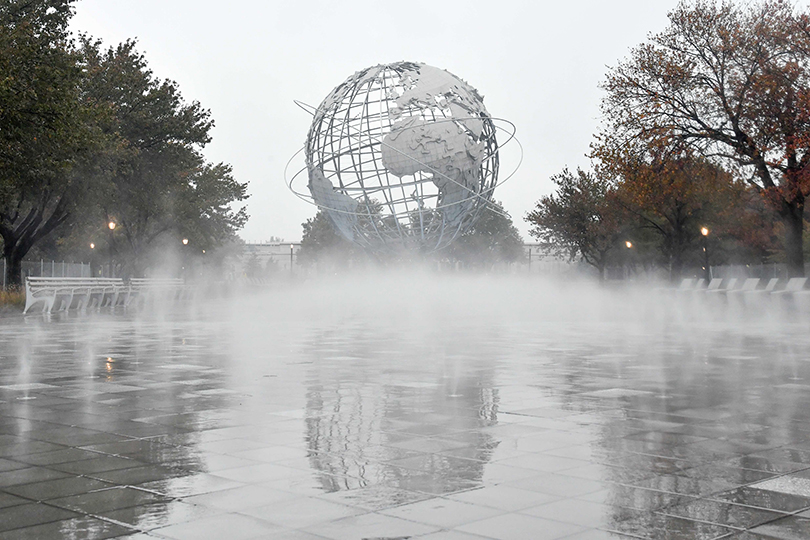
In 2016 NYC Parks selected QRP to devise a master plan to breathe new life into the reflecting pools. The city had established new rules to limit the amount of water used in fountains, so designers considered options that would be more water efficient.
“We came up with the idea that we originally labeled a mist garden,” says Riley. Gradually the concept evolved into a fog garden (fog is made up of smaller droplets than is mist). In the old fountain, water in the pool would flow over stepped weirs. Today, you can walk right down the middle of the pool. “It's like being in the clouds,” says Riley. “You're in fog, as (if) you're walking on a really foggy day. Sometimes you can't see from one end of the fountain to the other.”
The firm left the original outside coping but installed a new field of decorative pavers with an art deco pattern that reflects the previous location of the weirs. Then they fitted 504 fog nozzles.
The fog is even programmable. According to Delta Fountains, which fabricated the nozzle assembly and housing, the fog garden uses less than 15 gallons per minute if all the nozzles are working — yet can cool off thousands of people per day.
Preventing settlement
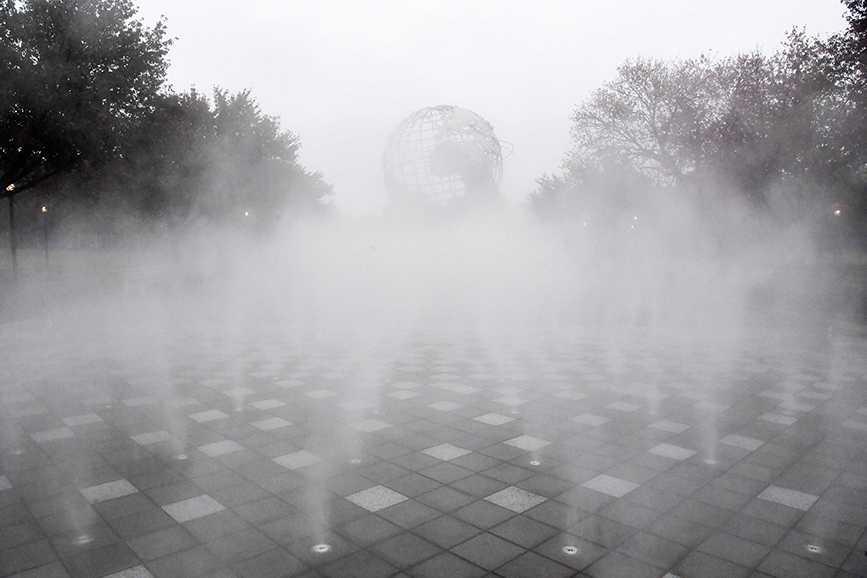
The challenge for the project’s civil engineers, McLaren Engineering Group, was preventing settling of the new fountain with the installation of the new concrete slab, pavers, pipes, and concrete masonry unit walls. “We were adding extensive weight to the existing pool,” says McLaren President Jeremy Billig, P.E. “We didn't know if the existing foundation for the pool could support it without differential settlement, so we had to be creative in how we designed the structure, so it would act as one big monolithic mass so it did not settle unevenly. It would do so globally to not cause issues.”
Flexible joints on the fountain’s waterlines could provide a bit of forgiveness if the fountain settled a few inches. Anymore, says McLaren associate Brendan Kelly, P.E., “and you'll start to have pressure on those lines. You can't have them crack or snap.” You could also have cracking at the surface, he added, which would create a tripping hazard.
McLaren designed the new floor framing and walls so they were integrated into the existing pool structure and would act as one “extremely rigid homogenous structure,” according to Billig.
The new fountain is supported by 40 transverse CMU block walls and two longitudinal walls that varied in height from 1 ft, 3 in. to 2 ft, 3 in., depending on their locations along the pool. The surface of the fountain consists of pavers over a 6 in. thick concrete slab. Everything below is filled in with gravel. In all, the new fountain includes 1.8 mi of water pipes up to 8 in. in diameter.
Another challenge was to make sure the water could drain at the lowest level of the fountain, according to Kelly. “We can't have any water sitting down there,” he says.
Those CMU block walls have weep holes along the bottom to reduce the possibility of water collecting at the bottom of the pool. The original base of the fountain still slopes to the center, and at the center — running the length — is a perforated pipe to drain excess water. McLaren also added some extra grading to improve the slope a bit more. (The pool slopes lengthwise from the west to east as it steps down, with the east end approximately 3 ft, 7 in. lower than the west.)
The reflecting pool opened for a brief photo op last fall before being closed for the winter. It is scheduled to reopen this spring. QRP has done very preliminary conceptual designs on the reflecting pool’s neighbor fountains to the east, but a full renovation still awaits funding.
For now, visitors to the park can look forward to a safe and fun way to keep cool in the summer. “The communities around it love this park, and it's packed in the warmer months,” says Riley.



